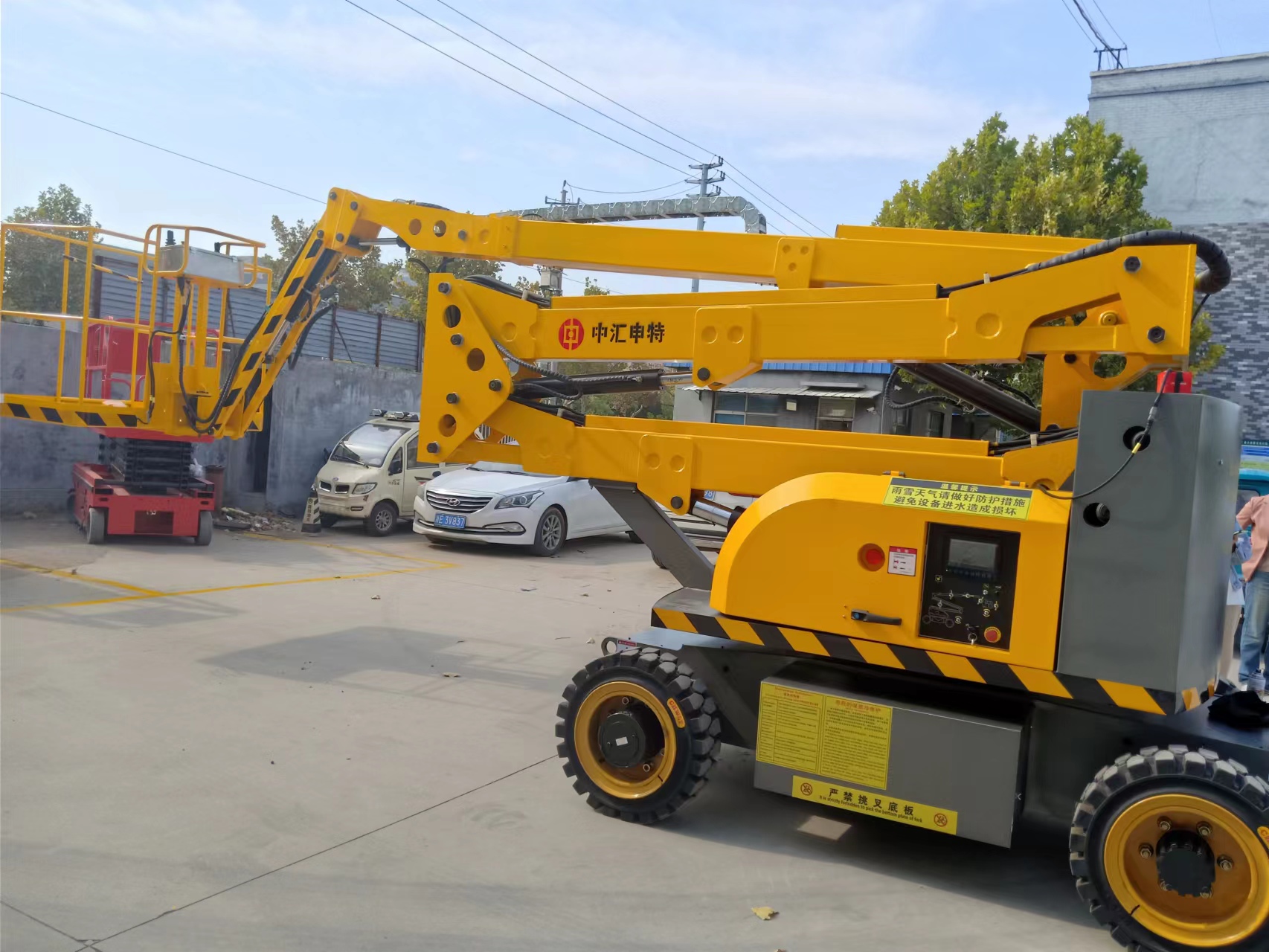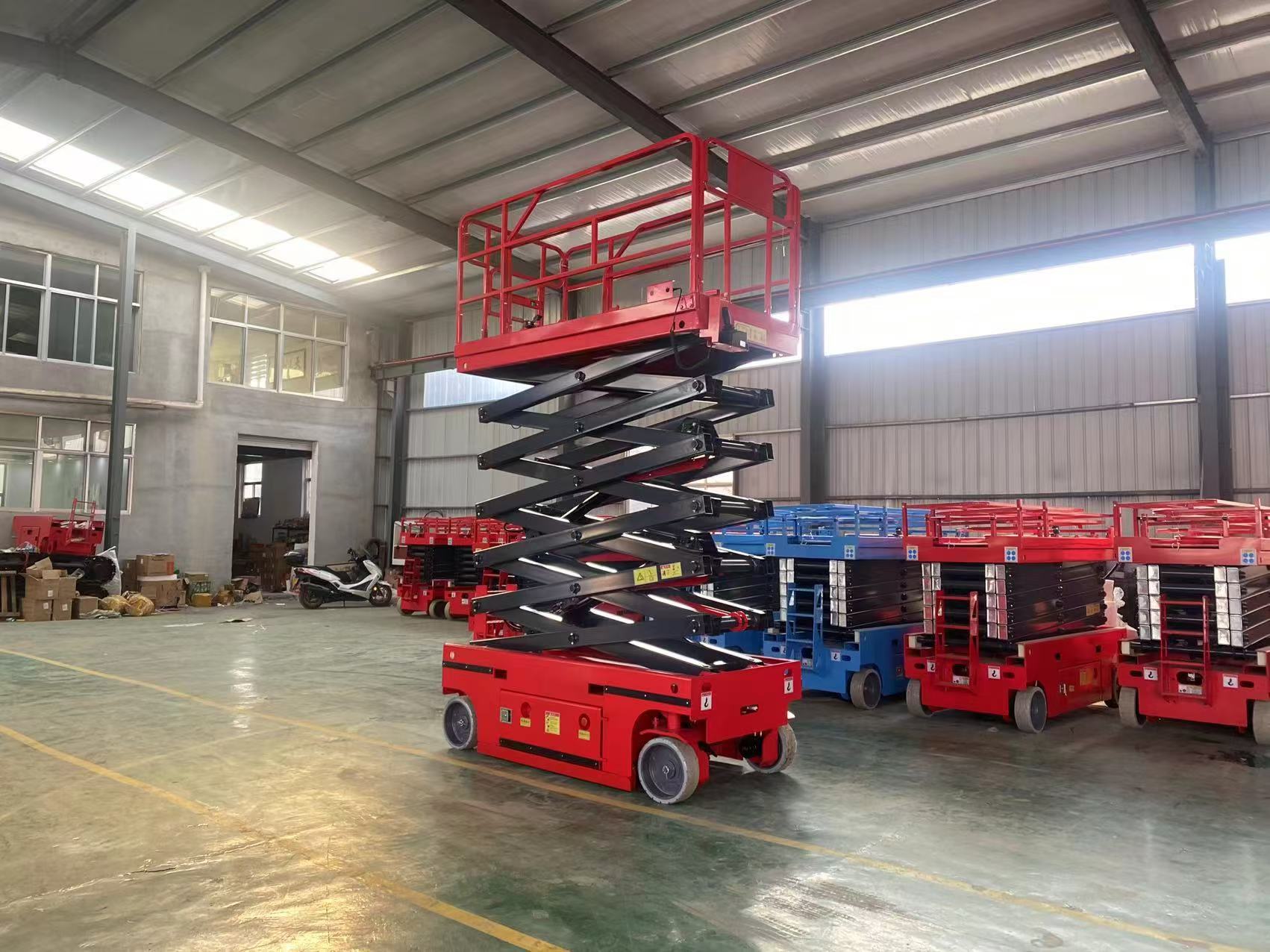Long-distance belt conveyors play a key role in modern industry. They can efficiently transport various materials and are widely used in mining, metallurgy, construction and other industries. This article will conduct an in-depth analysis of its structural design and discuss its unique characteristics and application advantages.
The structure of long-distance belt conveyors usually consists of conveyor belts, rollers, brackets and driving devices. The conveyor belt is its core component. It has good tear resistance and wear resistance and can carry large material weight. The design of the drum is directly related to the operating efficiency of the conveyor belt. The diameter, material and surface treatment of the drum will all affect its performance. In addition, reasonable bracket design can ensure the stability and safety of the conveyor during long-distance operation.
Long-distance belt conveyors have the following salient features:
The application advantages of long-distance belt conveyors in material transportation are mainly reflected in their adaptability and efficiency. In mining, construction and production lines, etc., it can effectively reduce manual handling costs and reduce transportation difficulty! Using scientific structural design, the angle and length of the conveyor belt can be reasonably configured to ensure smooth material transportation. At the same time, through real-time monitoring and maintenance, we ensure that the equipment is always in optimal condition.
In order to give full play to the advantages of long-distance belt conveyors, the following measures can be taken:
Long-distance belt conveyors have become an indispensable part of modern transportation systems due to their excellent structural design and performance characteristics. Through reasonable design and management, it can better meet industry needs and bring significant economic benefits to enterprises.


